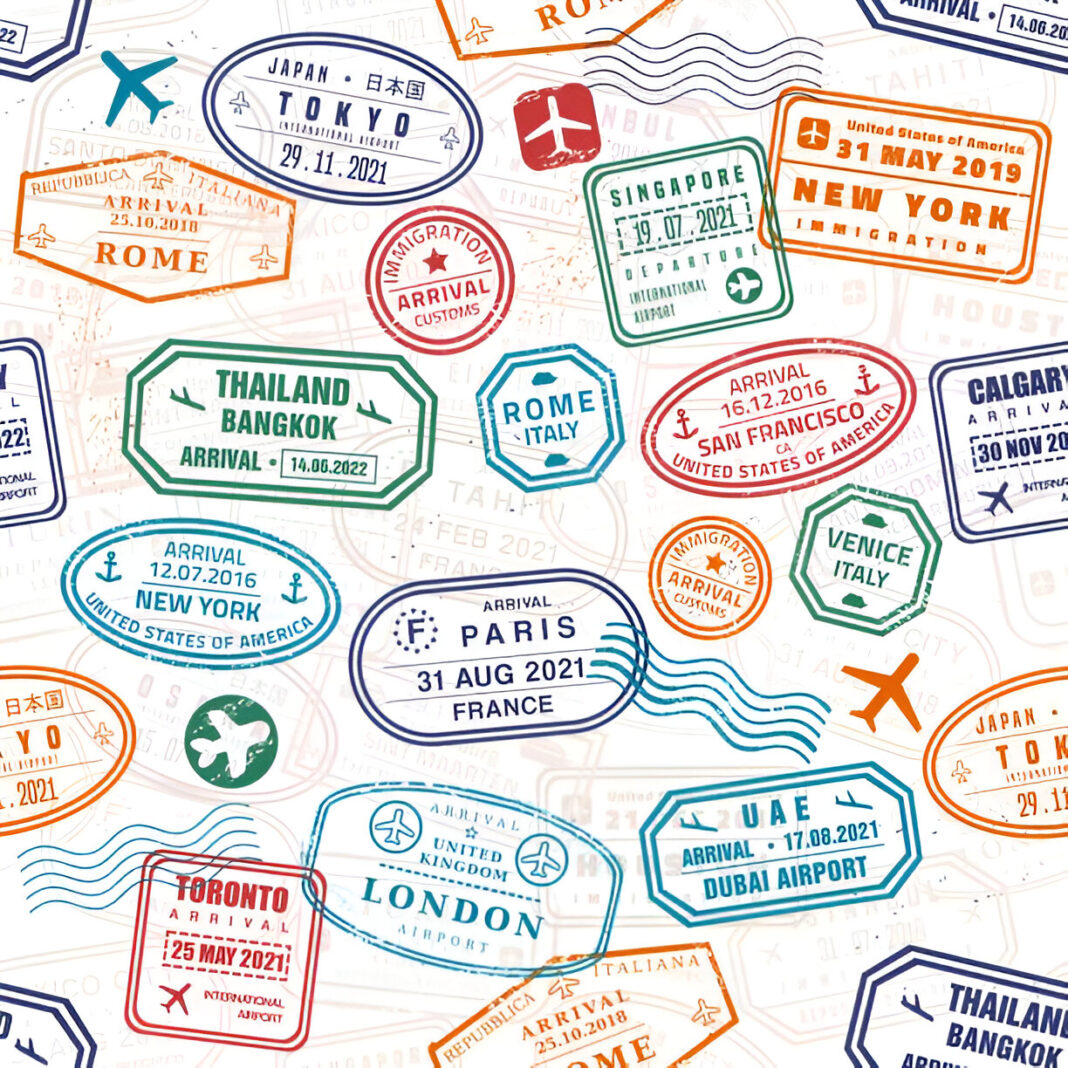Although Dubai is well-known for its contemporary skyline, it also has a rich past and culture. Beyond the soaring skyscrapers, the city provides an enthralling window into its past through the preservation of historical and cultural sites that chronicle its rise from a small fishing village to a major world city. By visiting these locations, tourists can better understand Dubai’s history and traditions while also developing a closer connection to the city.

The Al Fahidi Historical Neighborhood, which features traditional Arabian architecture, and the Dubai Museum, which is housed in the Al Fahidi Fort, the city’s oldest building, are two important historical and cultural locations in Dubai. These locations provide a unique window into Dubai’s rich history and cultural development, as do the Jumeirah Mosque and the Heritage Village.
Here are some essential cultural and historical spots to visit in Dubai.
1. Al Fahidi Historical Neighbourhood:
Visit the Al Fahidi Historical Neighborhood to travel back in time. Once an important administrative and commercial district, the area now offers a glimpse into Dubai of the late 19th and early 20th centuries. Explore the sunlit squares and meandering alleys to find examples of traditional architecture. There are a lot of museums, exhibitions, and cultural events going on in the neighborhood, so it’s always worth checking if there are any special events happening when you visit. Sikka Art Fair and Heritage Week are just two of the many cultural events that take place in Al Fahidi throughout the year. You’ll find plenty of traditional teahouses and cafes where you can soak up the old-school ambience.
2. Textile Souk:
A visit to one of Dubai’s colourful souks is a must-do on any trip. If you’re looking to buy fabrics or just want to take in the vibrant surroundings, Bur Dubai’s Textile Souk is the ideal destination. You may peruse hundreds of reels of embroidered and raw fabric in an astounding variety of hues and textures here. Additionally, there are a ton of ready-made ensembles from regional designers.
3. Bur Dubai Grand Mosque:
The Grand Mosque in Bur Dubai is just a short stroll from the Textile Souk. This magnificent mosque, constructed in the traditional Islamic style, serves as the center of religious activity in Dubai. It is an architectural marvel, adorned with geometric carvings and blue mosaic, and is the most photographed mosque in Dubai at night due to its breathtaking illuminations. Nearby is the Imam Ali Mosque, commonly known as the Iranian mosque. This mosque was established by the Iranian community in the area and is a true architectural marvel, intricately crafted in the classic Fatimid and Persian styles. The Hindu community in the United Arab Emirates is sizable, and it’s highly recommended to visit their temple, which is tucked away above the Grand Mosque’s maze-like row of historic stores. The only Hindu temple in the emirate, it was constructed in the 1950s and offers both worshippers and tourists a tranquil, serene setting.
4. Dubai Creek:
Small motorized water taxis known as abras transport people between Bur Dubai and Deira. These traditional boats are an excellent way to explore the historic Dubai Creek, and they are incredibly affordable (just AED 1 each way, cash only). When you get to Deira, visit the well-known Spice Souk to lose yourself in an opulent world of hues and scents from all over the world.
5. Al Ustad Special Kebab:
Visit Al Ustad Special Kabab, which is close to Al Musalla Tower, for delectable Iranian food. Since the 1970s, this diner has been serving deliciously authentic food and has grown to become somewhat of an institution in Dubai. The place is welcoming and friendly, with vibrant pictures adorning the walls. and a big plate of delicious kebabs cooking.
6. Al Shindagha Museum:
Al Shindagha, situated on the creek’s edge, is a historic neighborhood that was home to the ruling family in the early 1900s. The Al Shindagha Museum honours the rich Emirati legacy as well as Dubai’s extraordinary history and culture. The “Story of the Creek,” a breathtaking multimedia exhibit at the museum, illustrates how modern Dubai developed along the Creek’s banks. It is also the location of the fragrant Perfume House, where you may discover the significance of traditional Emirati fragrances and oils in religious and cultural life.
7. Alserkal Avenue:
Visit Alserkal Avenue to experience modern Dubai’s cutting-edge culture. Since its opening in 2008, the district has been home to a vibrant and diverse community of locally owned businesses and organizations that support contemporary art, including a variety of boutiques, galleries, cafes, and performance spaces. Here is where our upscale Arabian footwear brand Tamashee has its headquarters, and we are honored to share this address with so many other creative individuals and businesses.
Conclusion:
Exploring Dubai’s essential cultural and historical spots offers a unique opportunity to experience the city’s rich heritage beyond its modern appeal. From the timeless charm of the Al Fahidi Historical Neighborhood to the informative exhibits at the Dubai Museum, each site provides a deeper understanding of Dubai’s journey from its humble beginnings to its current status as a global hub. These landmarks offer a perfect balance of tradition and modernity, showcasing the cultural heart of the city.
If you’re planning an extended stay, a 2 month Dubai visa gives you ample time to fully immerse yourself in these historical treasures. You can explore at your own pace, visiting cultural sites like the Jumeirah Mosque or Heritage Village, ensuring you experience both the old and new sides of this vibrant city. For further details, reach out to a reputable travel agency in Dubai


